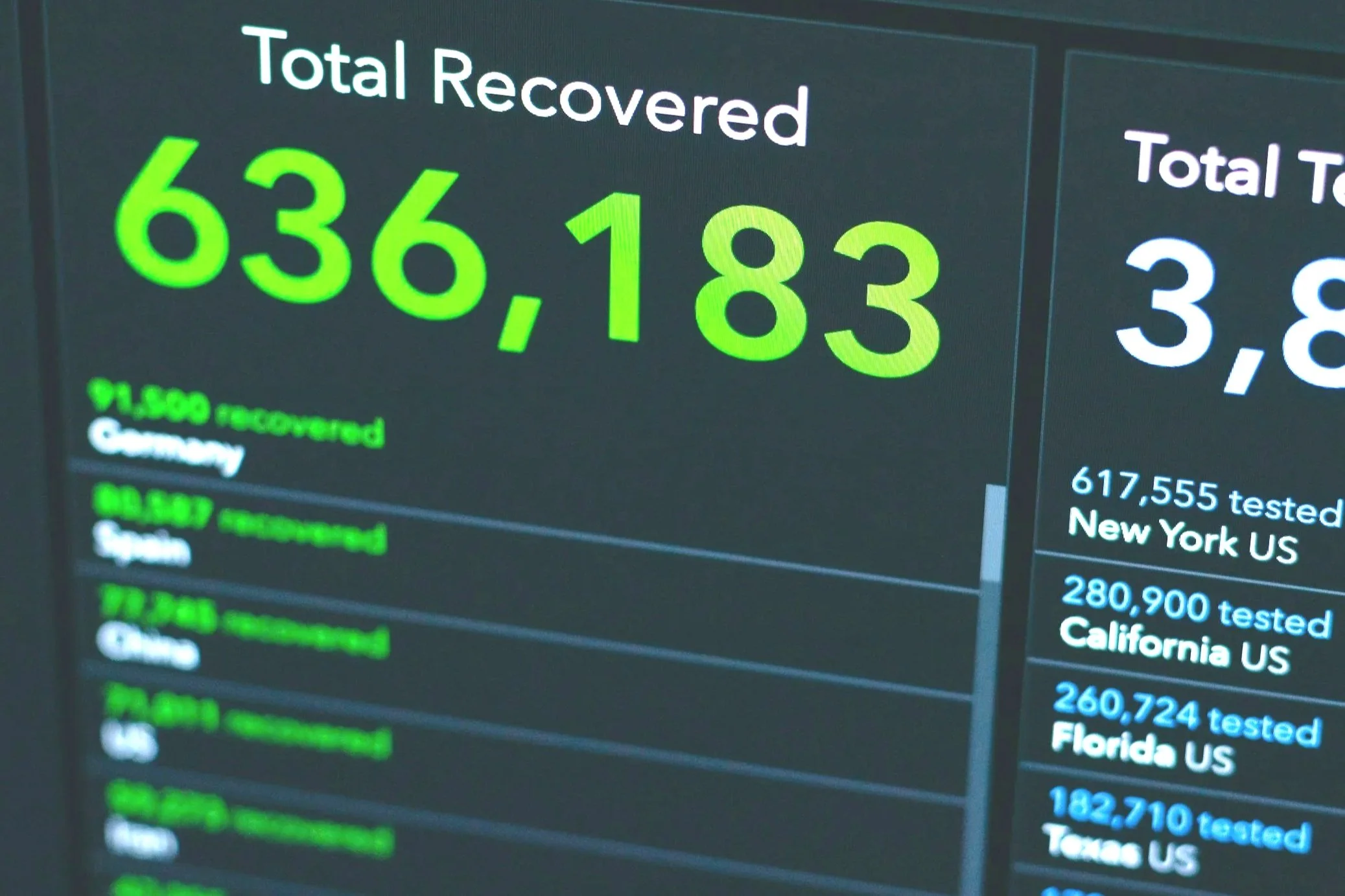Understanding Data Backup and Recovery Services
Why Backup & Recovery Matters
Downtime is costly. Even one hour offline can drain thousands of dollars. Data loss is worse. It halts work, frustrates customers, and hurts your brand. Accidental deletion, system crashes, or ransomware can block access to critical data. That’s why reliable data backup and recovery services are no longer optional. They are a core part of running a business.
These services act like a safety net. They limit disruption and help you maintain business continuity during a crisis. They protect against cyberattacks, hardware failures, and natural disasters. With a tested plan in place, leaders know what to do. Teams know how to restore systems. Everyone can move faster and with more confidence.
In this guide, we cover the essentials of backup and disaster recovery. You will see common causes of data loss, core backup strategies, and simple steps to prepare for worst-case events. You will also see how Rooted Software helps organizations design recovery processes that fit each environment and goal.
What Are Data Backup and Disaster Recovery Services?
The terms are related, but not the same. Both are required to keep your organization resilient.
Data backup is the act of copying and storing data in a secure location so you can restore it later.
Disaster recovery focuses on bringing back full systems, applications, and business operations after an unexpected disruption.
A combined backup and recovery solution protects data and restores operations. Consider these scenarios:
An employee deletes a key database by mistake.
Ransomware locks files across the network.
A server fails, or a power outage stops production.
Flooding damages on-premises hardware.
Backups restore access to your data. Disaster recovery rebuilds the platforms you use to work. Used together, they minimize downtime and help you keep serving customers.
Common Causes of Data Loss
Data loss strikes in many ways, often without warning. Common causes include:
Human error: Files get deleted or overwritten
Hardware or software failure: Drives corrupt, servers crash, apps fail
Cybersecurity threats: Malware and ransomware attacks encrypt or destroy data
Natural disasters and outages: Fires, floods, and power loss block local access
Without a proactive backup plan, recovery may be slow or incomplete. With a reliable backup and recovery service, your critical data stays safe and recoverable, no matter what triggered the incident.
Types of Backup and Recovery Solutions
No single method fits every team. Choose options that match your size, industry, and risk profile.
Local backup: Store copies on-premises, such as on servers or external devices. Local copies support fast restores, but they can be lost if the site is damaged.
Cloud backups: Keep copies in secure cloud storage. Cloud-based backups add off-site protection, easy scaling, and automation.
Hybrid solutions: Combine local speed with cloud redundancy. This balanced model shortens restore times and adds resilience.
Automated backups: Schedule backup jobs so they run consistently. Automation reduces manual work and lowers the chance of missed runs.
Each method has strengths and trade-offs. Many organizations choose a hybrid model. It pairs local speed with cloud durability to minimize data loss and keep recovery timelines predictable.
Building an Effective Backup Strategy
A strong strategy is more than a set of tools; it involves clear goals plus steady practice.
Identify critical data. Not all information is equal. Protect what keeps the business running.
Set RTO and RPO. Recovery Time Objectives define how fast systems must be restored. Recovery Point Objectives define how much data you can afford to lose.
Choose storage methods. Select local, cloud-based, or hybrid storage to fit security, scale, and compliance needs.
Define frequency and retention. Use schedules that match data change rates. Keep versions long enough to cover audits and late discoveries.
Test recovery processes. Backups matter only if you can restore them. Run regular tests. Record results. Fix gaps. Test again.
Rooted Software builds data backup and recovery solutions that align with your goals. We support on-site Managed IT services in Walnut Creek, CA, and Colorado Springs, CO, and we provide remote services nationwide. Our focus is simple: protect data, shorten recovery times, and help you ensure business continuity.
Disaster Recovery Planning: Beyond Backups
Backups protect files. Disaster recovery restores the ability to work. A practical plan includes:
Risk assessment: Identify the most likely threats and weak points
Mission-critical mapping: List the systems that must come back first. Think identity, email, core apps, and data stores.
Documented workflows: Write clear, step-by-step recovery processes with owners and checkpoints.
Training and drills: Teach the plan. Run tabletop exercises. Update steps after each test.
The goal is speed and confidence. When people know the plan and have practiced it, you can maintain business continuity, limit disruption, and protect long-term stability.
Benefits of Professional Backup & Recovery Services
Working with an experienced partner provides clear value:
Comprehensive data protection: Defend against ransomware, hardware failure, and natural disasters.
Less downtime: Use proven workflows and automation to shorten restores.
Fewer errors: Schedule cloud backups and local jobs to run on time. Monitor results.
Expert guidance: Get help selecting tools, tuning policies, and improving your backup plan over time.
Professional support gives you tested processes, modern platforms, and clear metrics. Your team spends less time fixing issues and more time serving customers.
Practical Tips to Strengthen Your Plan
Keep the plan simple and visible so people can act fast.
Define who owns backups and who owns disaster recovery.
Store contact info for vendors and team leads in one place.
Document where backups live: local, cloud, or hybrid.
Post RTO and RPO targets in plain language.
Label the restore order for identity, email, apps, and data.
Schedule daily or weekly backups based on change rates.
Automate jobs where possible.
Test a small file restore each month.
Test a full system restore twice per year.
Keep recovery steps where people can reach them during an outage.
Review logs and fix failed jobs right away.
Update the plan after major changes or new tools.
Train new hires during onboarding.
After any incident, hold a short review and improve the steps.
These habits keep your plan practical. They also make audits easier and help you meet internal and external requirements.
Conclusion & Next Steps
Every organization faces risk. Pairing a solid backup strategy with a proactive disaster recovery plan builds resilience. Protecting data is not only a security task. It protects your people, your customers, and your mission.
Rooted Software helps businesses implement tailored data backup and recovery services that safeguard operations and minimize downtime. Whether you need local, cloud, or hybrid designs, we build solutions that fit your needs and scale with you.
Contact Rooted Software today to create a backup and recovery approach that keeps your data safe and your business running. Explore our Managed IT services in the East Bay Area - Walnut Creek, CA, or Managed IT services in Colorado Springs, CO.

